PHOTOGRAPHERS TO KNOW: KASINATOR VISUALS
KASINATOR VISUALS
Kasey-Lynn “Kasinator” Rodriguez is the multi-faceted creator of Puerto Rican, Irish, and German descent behind Kasinator Visuals. Through intimate portraits of everyday people in the South Bronx, she captures serendipitous moments of her native hometown through a lens of authenticity and reverence for its history and culture: “The Bronx is beautiful, simple as that.” Kasey is challenging old, defeating narratives about the Bronx while juggling motherhood and running her own personal art studio.
SHEER: Tell us a little bit about yourself.
KASEY-LYNN “KASINATOR” RODRIGUEZ: My name is Kasey-Lynn “Kasinator” Rodriguez. I’m a Puerto Rican, Irish and German woman from the South Bronx, New York. I go by the pronouns She/They, and I am a Photographer, Multimedia Visual Artist and Mother to the coolest 2 year-old in the Bronx right now. I’m currently focusing on portraits of people of all backgrounds, but more specifically Black and Brown women. I’m a creative with many hats and I consider myself as “Your Favorite BX Mami.” I’m a true Capricorn queen (literally Sun, Moon & Rising Cap — how do I deal, I don’t know lol) But above all else I’m a creative that loves to just make art, and I’m currently running my own personal art studio.
SHEER: How did your cultural background and upbringing influence your art, if at all?
KR: I don’t know if my background fully influenced my art growing up, as it ended up fueling it later on when I took it more seriously. But for me the influence of taking photos came from my family. My mom and everyone always had a camera in hand. They took photos of everything and everywhere we went to really capture the memories. My aunt even gifted my uncle his first Canon AE-1 that he would use when he went out with friends and traveled to really cool places, so I was always surrounded by Photography in some way. When I turned 4, the best Christmas gift I had gotten was a Playskool Camera that took 110mm photos, my mom and aunt showed me how to use it since they were big on photos. After that I was hooked and took photos of everything and everyone around me. Later on in life when I reconnected with my father, he gifted me some dope Polaroid 600 cameras that he would use, and he was even the photographer of his high school paper. So I like to think this talent came from all sides. I believe I’m multifaceted because of every person in my life and the support they’ve given me.
SHEER: How did you first discover your interest in photography and what led you to pursue this professionally?
KR: My earliest memories with that 110mm camera really allowed me to feel like I could express myself and my perspective. It was a way of me using my shyness through a different voice. I used to bring disposable cameras to school and take pics with all of my friends and that made me feel less shy and more present and comfortable with who I was. What made me pursue photography professionally was when I had to come back home from Penn State. I originally went there to pursue a career in Journalism with a minor in Sociology and use photography to capture the stories or do something cool like in National Geographic. So photography was always there but wasn’t the forefront until I looked up going to art school. When I had my first portfolio review at the School of Visual Arts in Manhattan, my work was about family life, natural moments and there wasn’t a big narrative attached, so the advisor told me what to do to make it better and apply again. I took photo classes, learned more things to push my work from just a regular picture, to a portrait, and I got accepted to SVA in 2013 at 21 years old.
SHEER: Where does the pseudonym "Kasinator" come from?
KR: Kasinator came from a friend in high school, it had to do with being a “beast" at something. After awhile I liked the nickname and eventually used it as my artist name when I started taking photos for college parties, and it just stuck ever since. I like to use it as my alter ego and it became a part of my persona.
SHEER: What and/or who would you say influence your artistic style?
KR: I’d say my current artistic style is influenced by old Hollywood portraits and editorials. Since I’ve been taking more portraits, I realized that my influences have been showing through in that way. I grew up looking at magazines from cover to cover and I never realized that I could also take photos. I’m inspired by Man Ray’s portraits and Stephen Shore’s landscape photography, which is what my Bronx series became inspired by. I’ve been inspired by the 90s and nostalgia of the past because I’ve always felt like an old soul in many ways. But my work has so many layers and details to it now, and since I’ve currently been very inspired by portrait photography and fashion narratives, I’ve been using my personal studio and collaborating with other cool artists to create a new portfolio.
“My earliest memories with that 110mm camera really allowed me to feel like I could express myself and my perspective. It was a way of me using my shyness through a different voice. I used to bring disposable cameras to school and take pics with all of my friends and that made me feel less shy and more present and comfortable with who I was.”
SHEER: Your appreciation for the Bronx, NY is very prevalent in your work. What is your relationship to the Bronx and why do you believe the Bronx is often overlooked and under-appreciated in terms of cultural impact?
KR: My appreciation for the Bronx wasn’t always there. I grew up in the same neighborhood in the South Bronx my whole life, but I went to school in Lower Manhattan. So as a kid I was exposed to both places, but the city felt like a luxury that I now know was possible with plenty of sacrifice. I felt kind of ashamed to be from the Bronx for a long time and I didn’t find my full appreciation until I was left with just finding myself again and made friends that kept me local.
I had teachers in SVA, who really pushed me into documenting the Bronx as a visual diary and an exploration of self through my home space. So one morning I took my camera out and I just walked around for hours photographing everything that caught my eye. I’d walk past some things before and never noticed something about the architecture, and that’s what my work started to do. Have people stop and say “wait that’s in the Bronx?”. I believe that since photographing my area and other areas at the height of gentrification, I created a protective bubble for my borough. The Bronx became a hot topic, Netflix made a show that was then let down, and people still made memes that they’d rather be from anywhere, except the Bronx. So I needed my work to prove that difference.
I’m grateful for where my Bronx series has taken me because I was able to speak about my work on a local tv talk show and even photograph for the Bronx Times newspaper. I have met many Bronxites and people who love their borough just as much as I do. I think the perception people get is from a lot of old talk, but they aren’t afraid to go to a Yankee game, or the Botanical Garden for an exhibit. The Bronx is beautiful, simple as that.
SHEER: How do you approach representing the various cultures and communities of the Bronx in your art?
KR: I like to look at the Bronx in an objective light. Meaning to show beauty without pushing it. I will show the truth and the real outlook of the neighborhood and that includes making sure people aren’t exploited in the images. I would never force someone into a photo, but I’ve definitely asked someone if I can take their photo first. I’m respectful to the borough as if I was taking photos of an endangered species because I love what I do and I would never want to make anyone feel uncomfortable. I am more apprehensive of taking portraits of people on the street unless I really feel that instinct to do so. Most of the time it’s met with a yes, a lot of the time it’s no. But that is the beauty of being a street photographer. I’ve made sure that my photography tells a story that allows the Bronx to be looked at as an interesting place without the “staples” that people only refer to when they think of or want to visit the Bronx.
“ I had teachers in SVA, who really pushed me into documenting the Bronx as a visual diary and an exploration of self through my home space. So one morning I took my camera out and I just walked around for hours photographing everything that caught my eye. I’d walk past some things before and never noticed something about the architecture, and that’s what my work started to do. Have people stop and say “wait that’s in the Bronx?”. I believe that since photographing my area and other areas at the height of gentrification, I created a protective bubble for my borough. ”
“The Bronx is beautiful, simple as that.”
SHEER: How do you stay grounded in your creative process?
KR: I try to stay grounded by taking the time for myself, but I love to work. I stay grounded by watching shows with my 2 year-old son, and being able to relax and be in the moment and childlike and see the world through his eyes. It’s been a lot to balance everything now that I’m a mother, but it’s amazing to share this life and experience with him as well. So for the past year I’ve made sure to find that balance in “Mommy Mode” and keep that same momentum with my work when I’m well rested.
SHEER: What is the lasting impact you hope your art will have?
KR: I hope that my art is able to show Bronx history in the future, as well as tell a story of the Bronx before it changes even more. I know that my name will be up there with other Bronx photographers of my time. I hope that my portrait work and future endeavors allow for other women and young girls to follow their dreams and keep going no matter what. Getting into the industry is rough, but if I could speak to my younger self I don’t know if she would believe me in where we’ve gotten so far. I also hope that I inspire my son with my work and my purpose of making an imprint in this world. I’d leave behind my photography, my art and I hope that he’d know how important it is to be passionate about something, the way that I was.


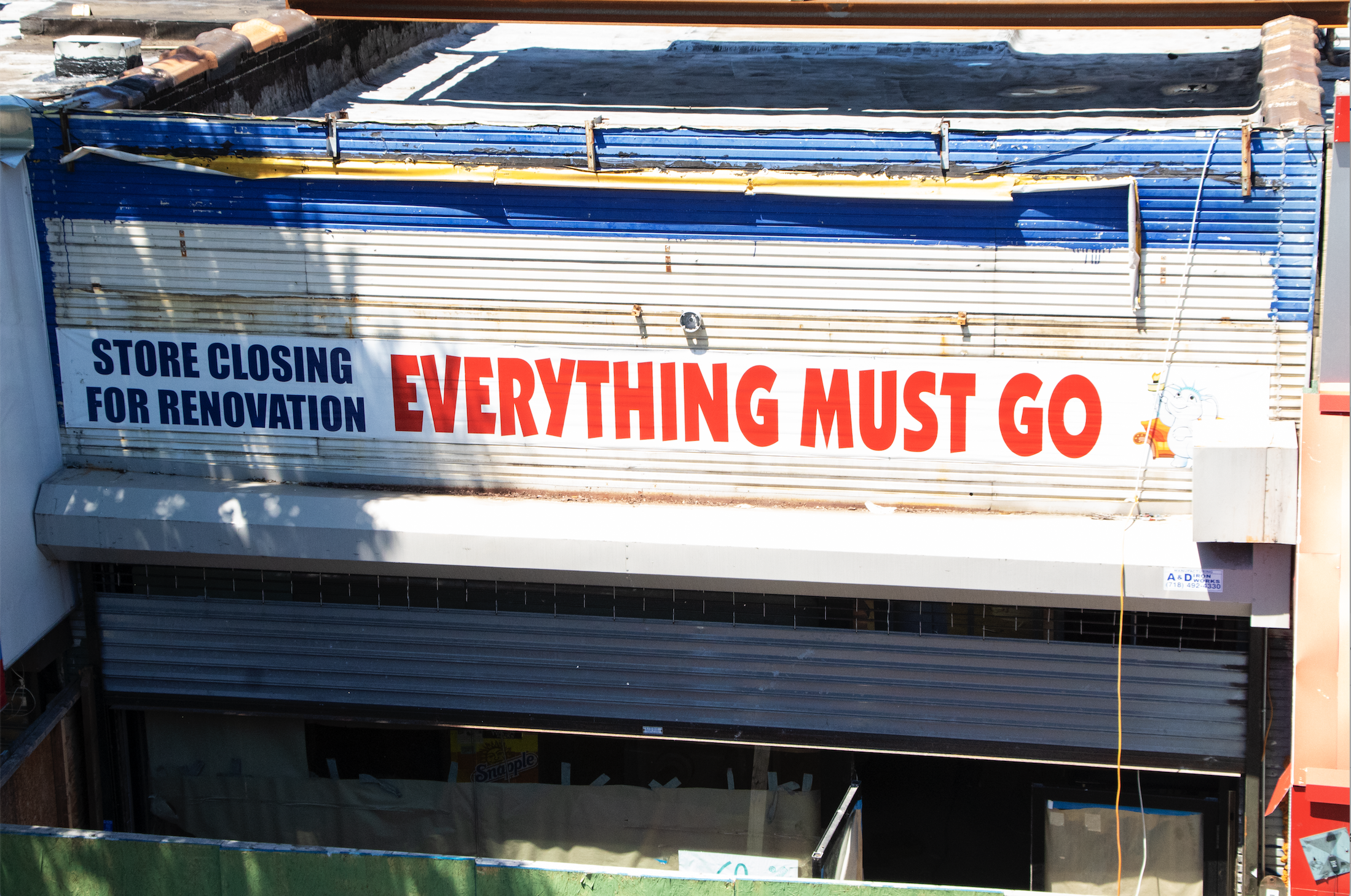
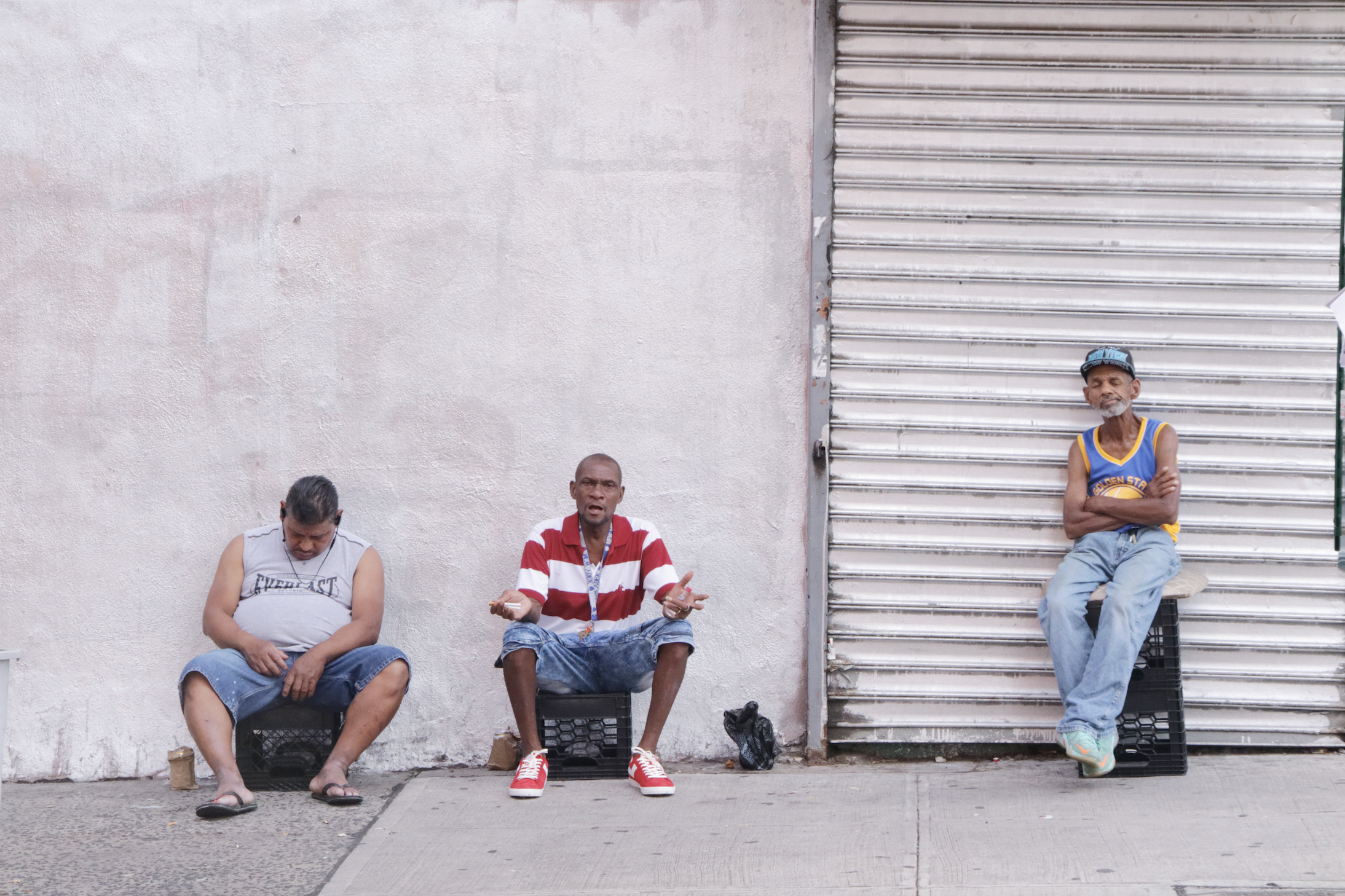
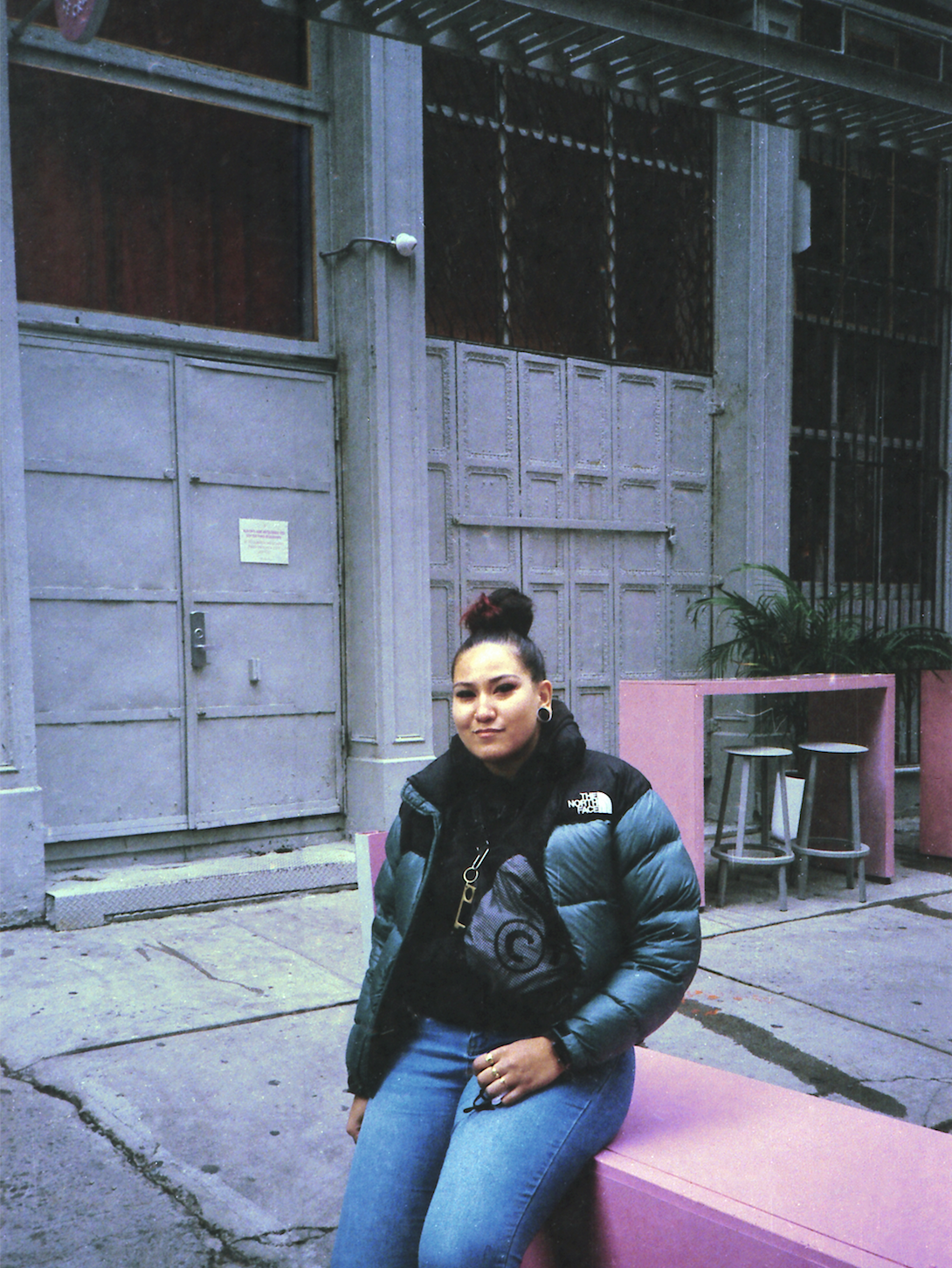
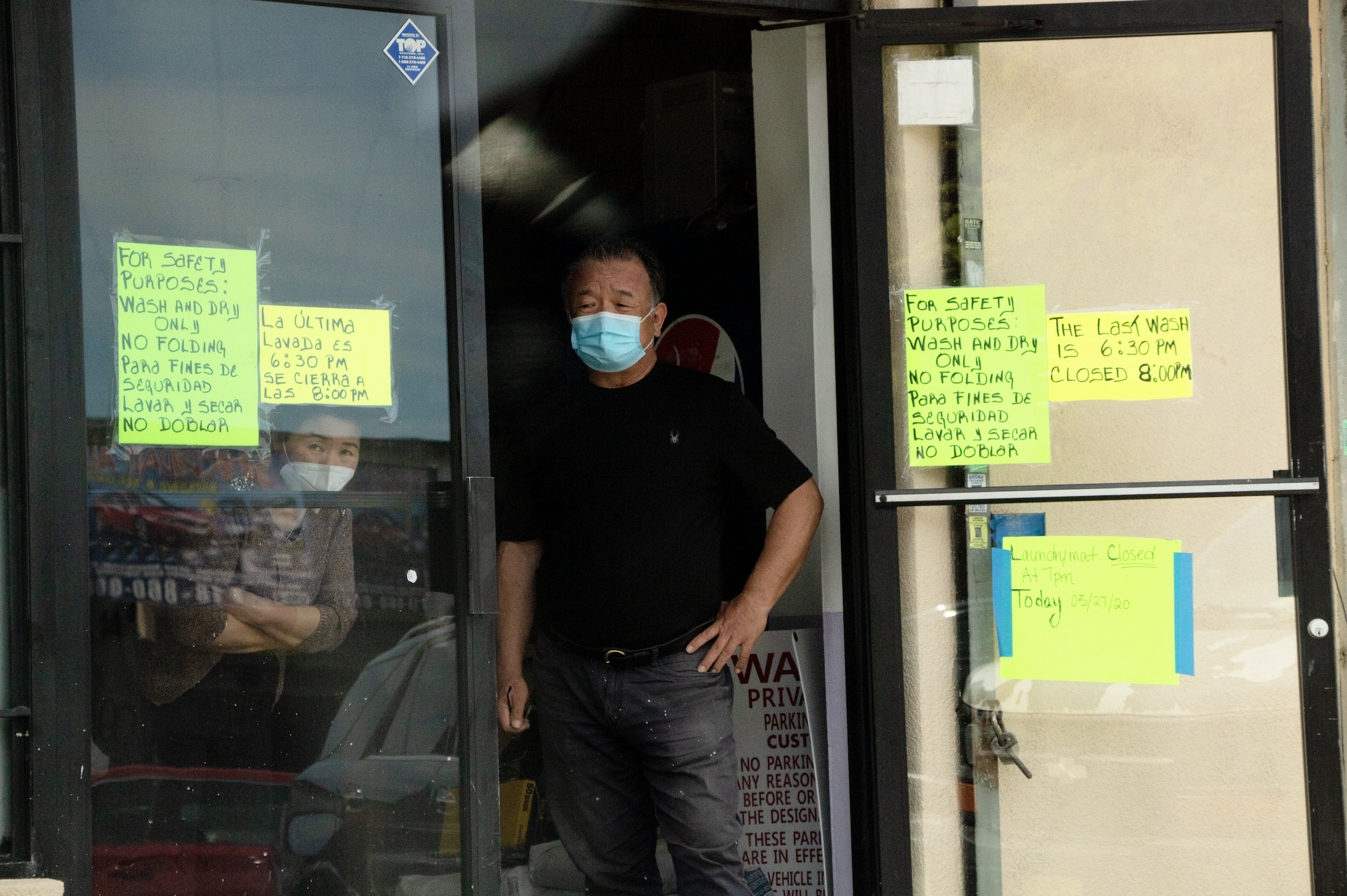
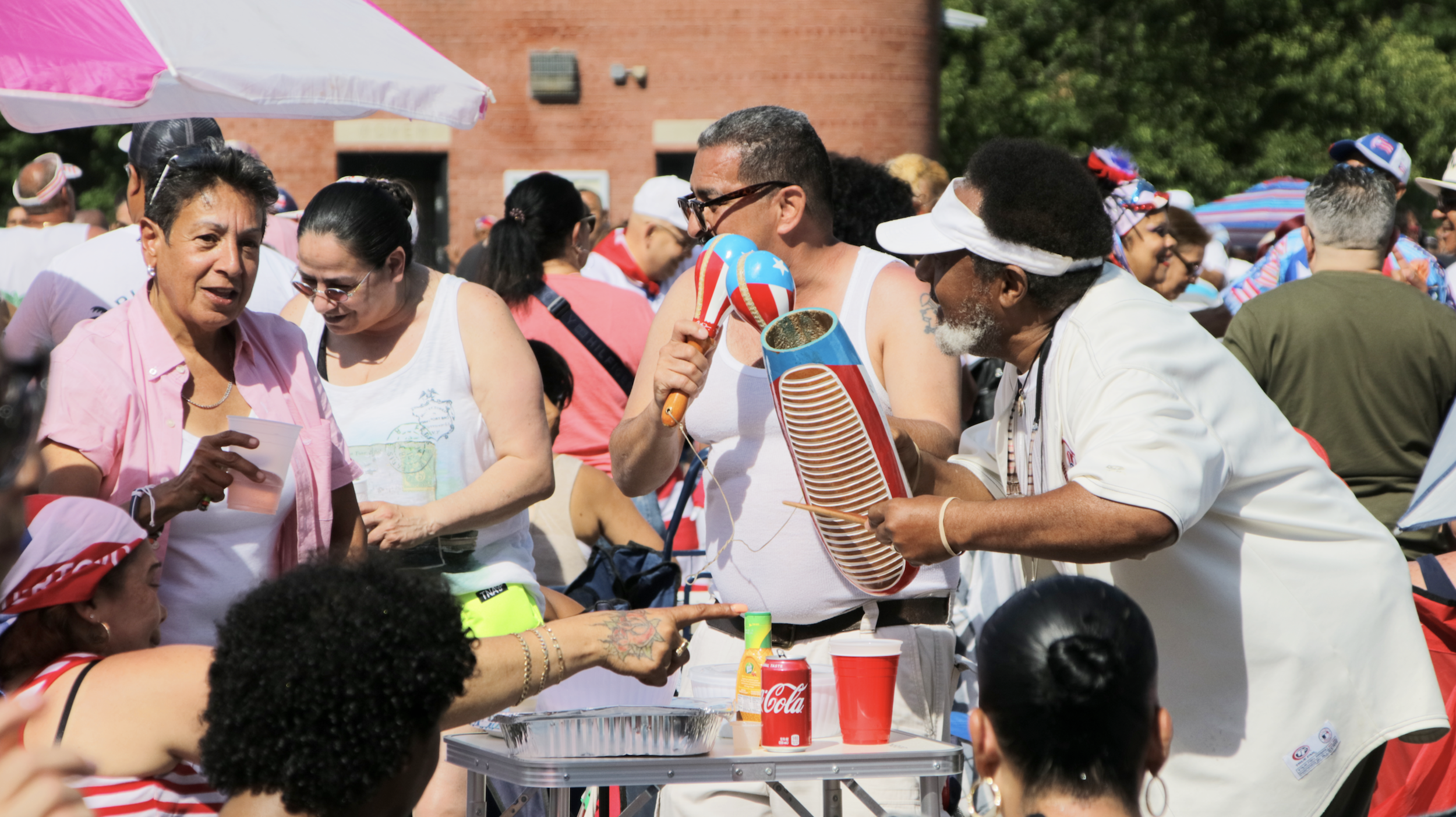
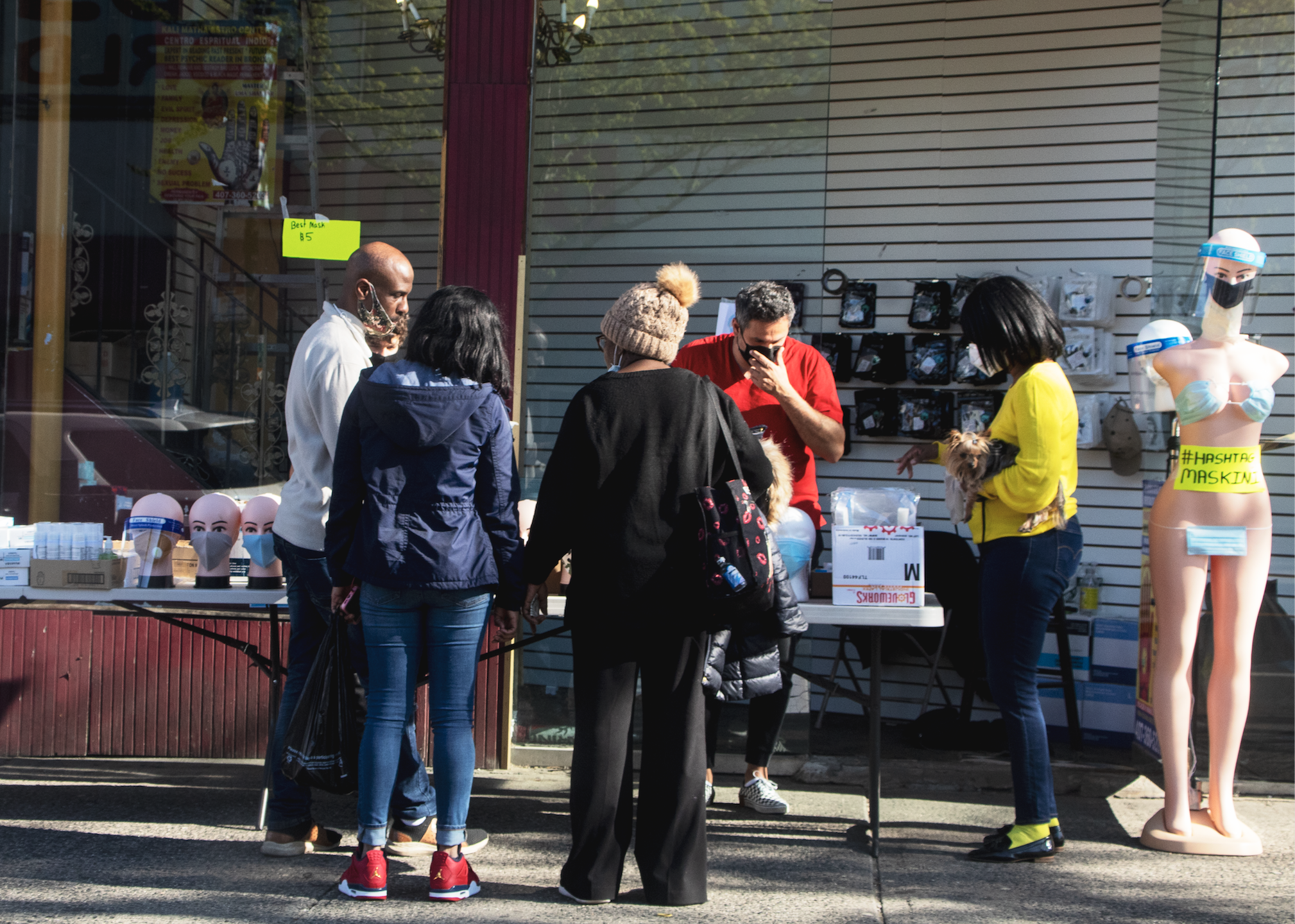
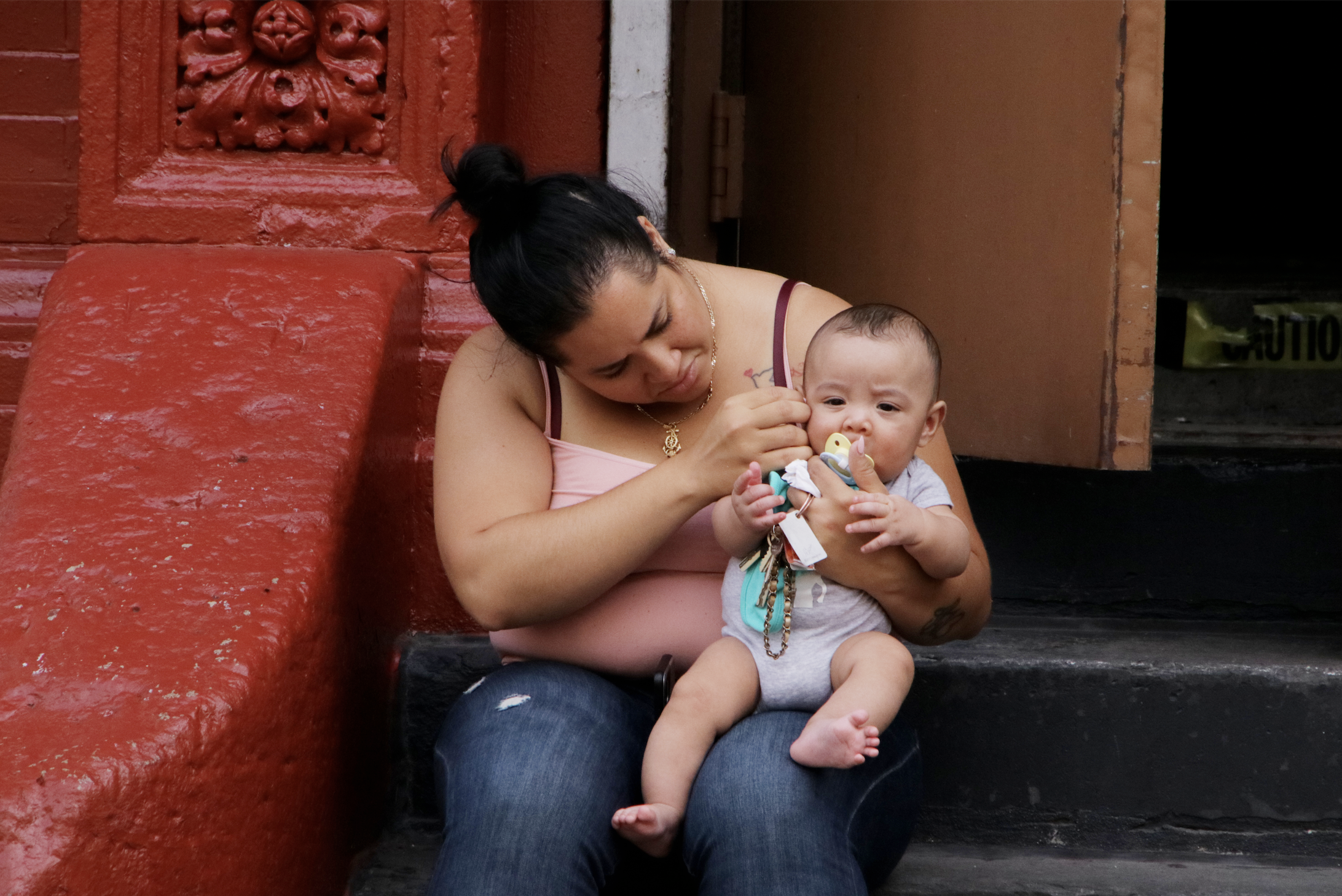
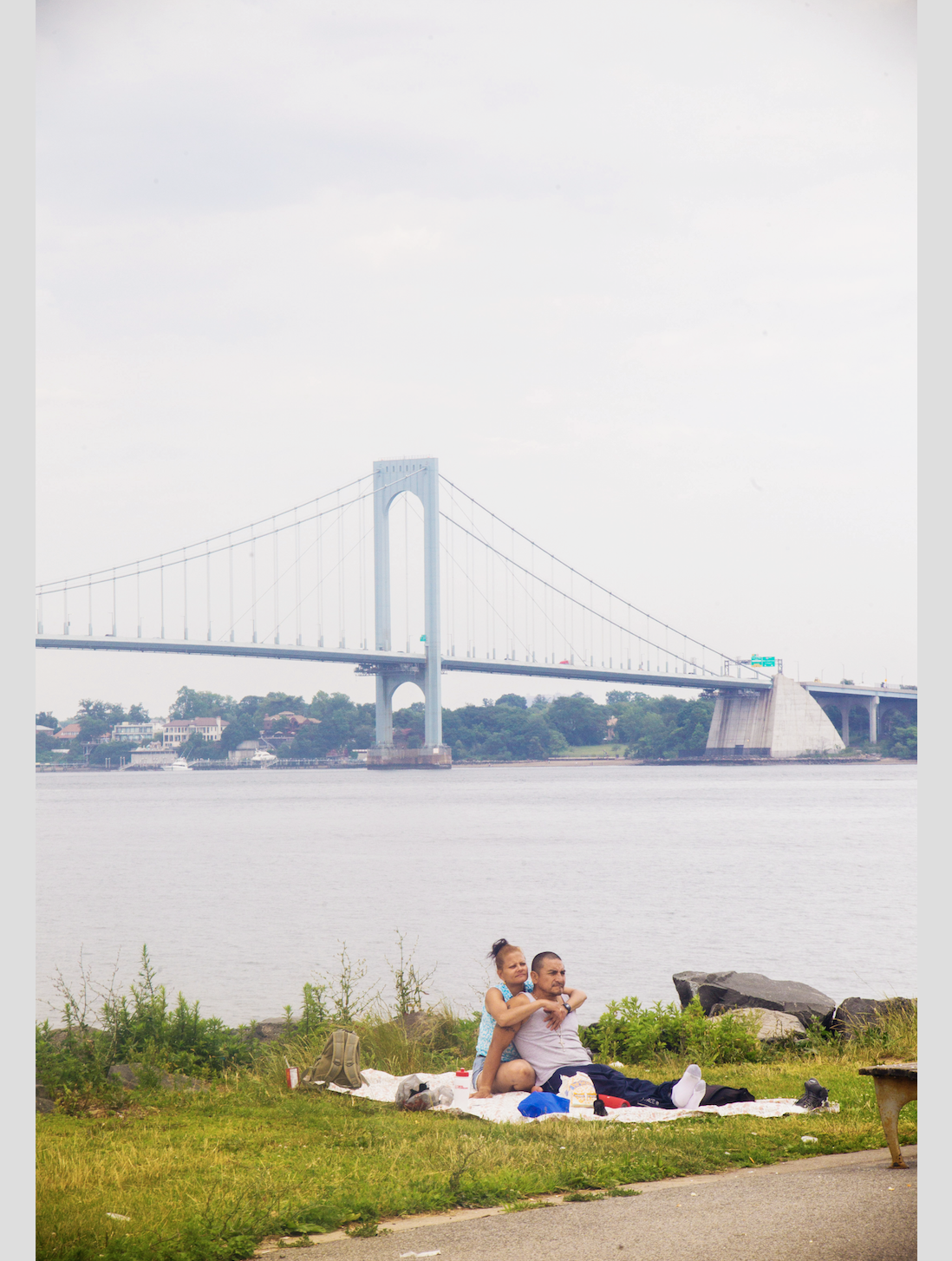








Photography by Nabila Wirakusumah
Valerie Blaise, founder of leather accessories brand Vavvoune describes someone who wears her designs as curious, intentional, and knows what they want. We could feel these qualities immediately as we stepped into the Vavvoune studio in DUMBO, Brooklyn.